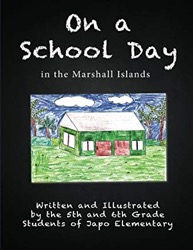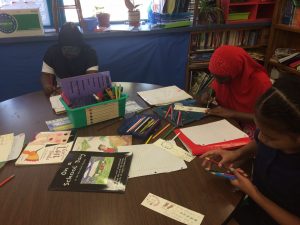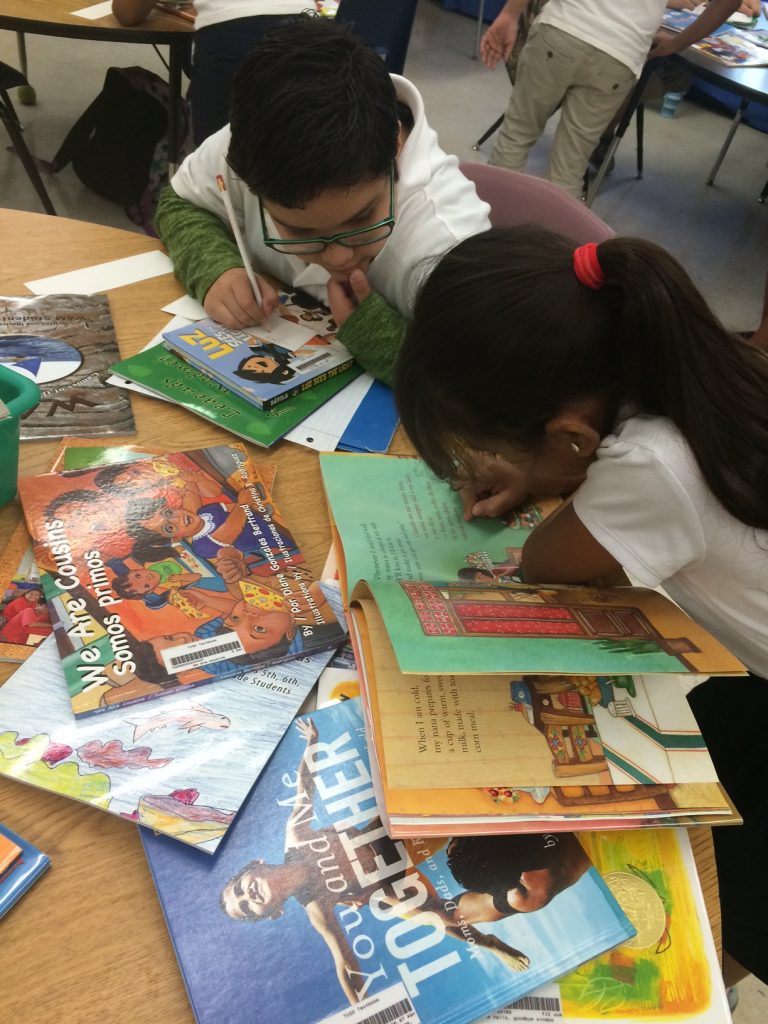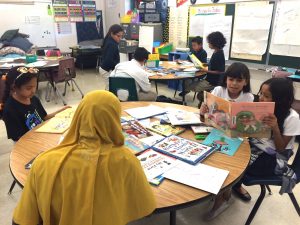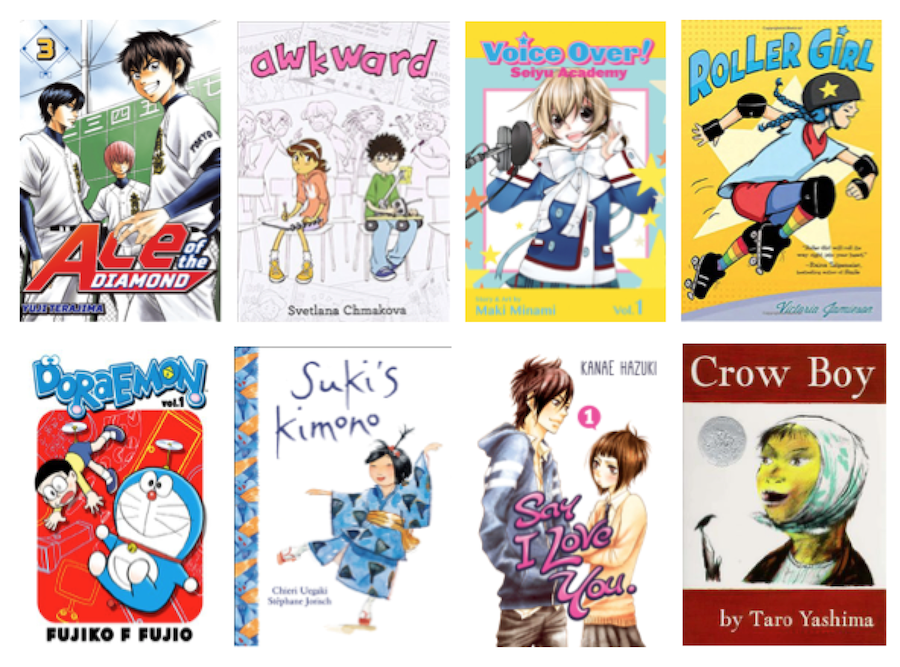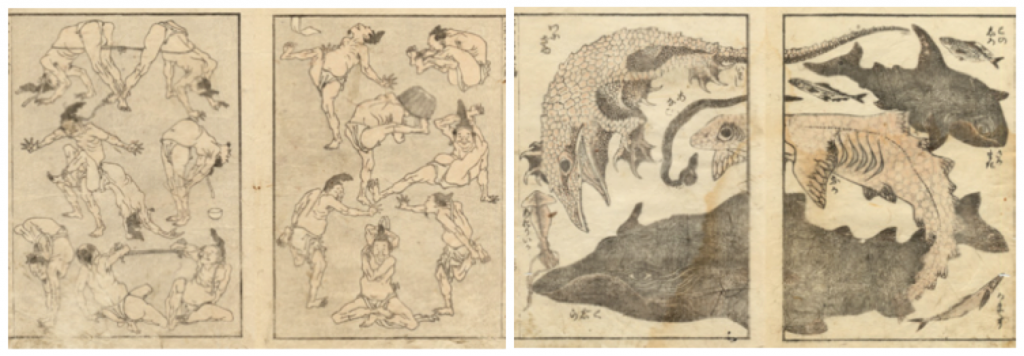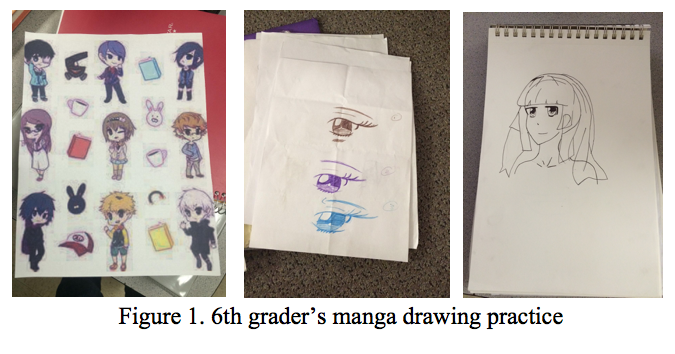By Yoo Kyung Sung, University of New Mexico and Junko Sakoi, Tucson Unified School District
In this month’s WOW Currents, Yoo Kyung Sung and Junko Sakoi talked about their project, “Read, Write, Review for Us (RWRU)” and how it is helping to educate local Tucson children about the refugee experiences of kids just like them. This week we will focus on the positive developments that came from the students’ pen pal experience. We will also discuss what teachers can do through classroom instruction to cultivate awareness of the diversity of people and cultures in the community.


